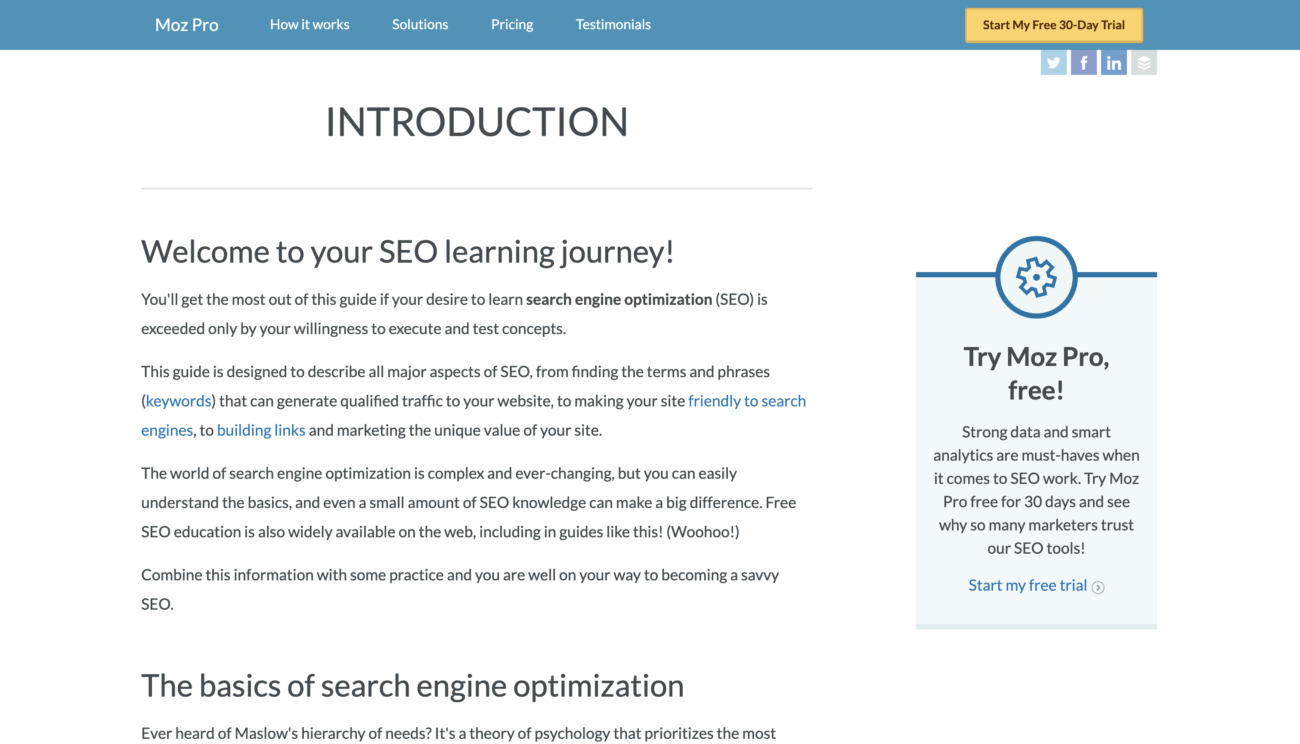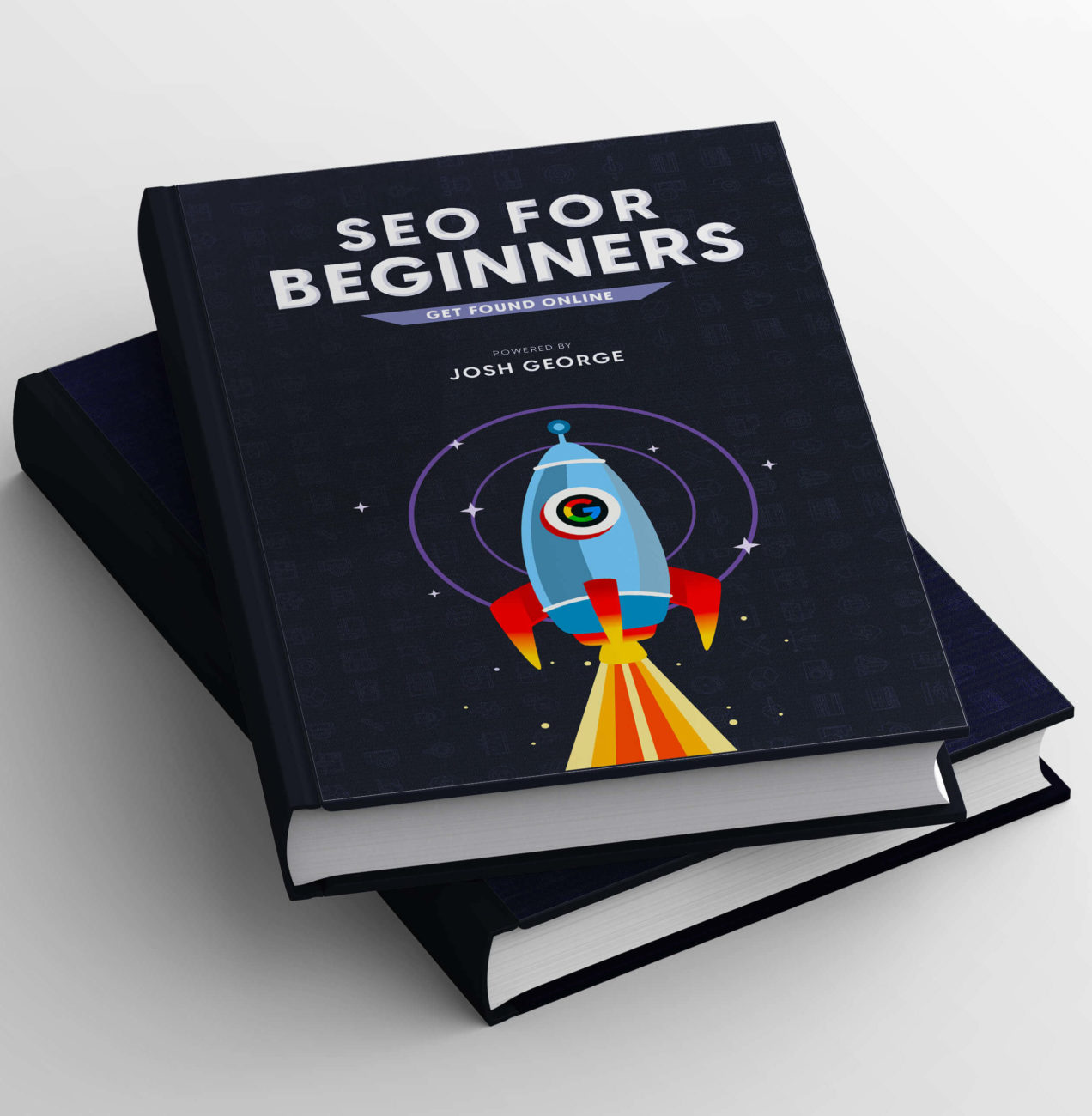Link building remains arguably the most vital ranking signal in search engine optimization (SEO). The more high-quality links you build to your website, the higher your site rankings on search engines will be.
However, the challenge now is getting these sites to link back to you, which is easier said than done. Unlike on-page SEO, you have little to no control over how your link building campaign goes. In fact, the risk of not getting a link from valuable sites despite all your efforts.
Therefore, you need to approach your link building efforts carefully. Getting any type of backlink you can get online hoping that they’ll help improve your search engine rankings simply won’t work. Nowadays, you must develop well-coordinated link building strategies to get the best backlinks possible.
This post shares with you some of the trusted and time-tested tactics you can implement to build links pointing to your site.
Create Linkbait Content
The best link-building strategies naturally attract links, and linkbait content is one of them.
Explaining link-worthy content is difficult because the factors change depending on your niche. However, below are the qualities that most linkbait content share:
- It offers actual value and utility to its intended audience.
- Readers feel your desired emotion from your piece.
- It is visual and easy to understand.
- It is topical, newsworthy, and relevant.
A perfect example of classic linkbait content is Moz’s Beginner’s Guide to SEO. It is one of the first resource guides in the early 2010s that comprehensively explained SEO to the public. And during a time where valuable information about this practice was not available, this guide garnered lots of attention and backlinks in the process.
As mentioned, creating valuable content that the market desperately needs won’t necessarily generate tons of backlinks. There sadly isn’t an exact science behind linkbait content. But at the very least, you should strive to create content by following the qualities above shared by this type of content.
HARO Link Building
Help a Reporter Out (HARO) is an online platform that connects journalists to subject matter experts (SMEs) for quotes and soundbites to include in the pieces they’re currently writing.
Upon signing up as an SME, you will receive regular emails containing queries from writers for popular media outlets such as Reuters, Mashable, The New York Times, and others. If you answer questions and choose to be published on the articles, you can get editorial links from these sites.

HARO’s straightforward process has made it one of the best sources for building links to your site.
However, getting chosen to be published on these sites is a different story. Since journalists are getting many answers to their questions, you’ll have to compete with other SMEs to provide them with the best answer.
The best thing you can do is position your answer to be the best of the bunch. A way to do this is by sending over your answer minutes after you receive their request from the email. Providing a sufficient answer faster than anyone else allows you to make a lasting impression on journalists.
Also, make sure your answers are not more than 200 words. You want to make sure that journalists can quote and include them in their pieces without issues.
Blogger Outreach
Blogger outreach refers to the process of emailing bloggers and asking them to link to your site. The goal here is to get bloggers to link to your site without buying links or exchanging links with your goods and services. These link schemes violate Google Webmaster Guidelines.
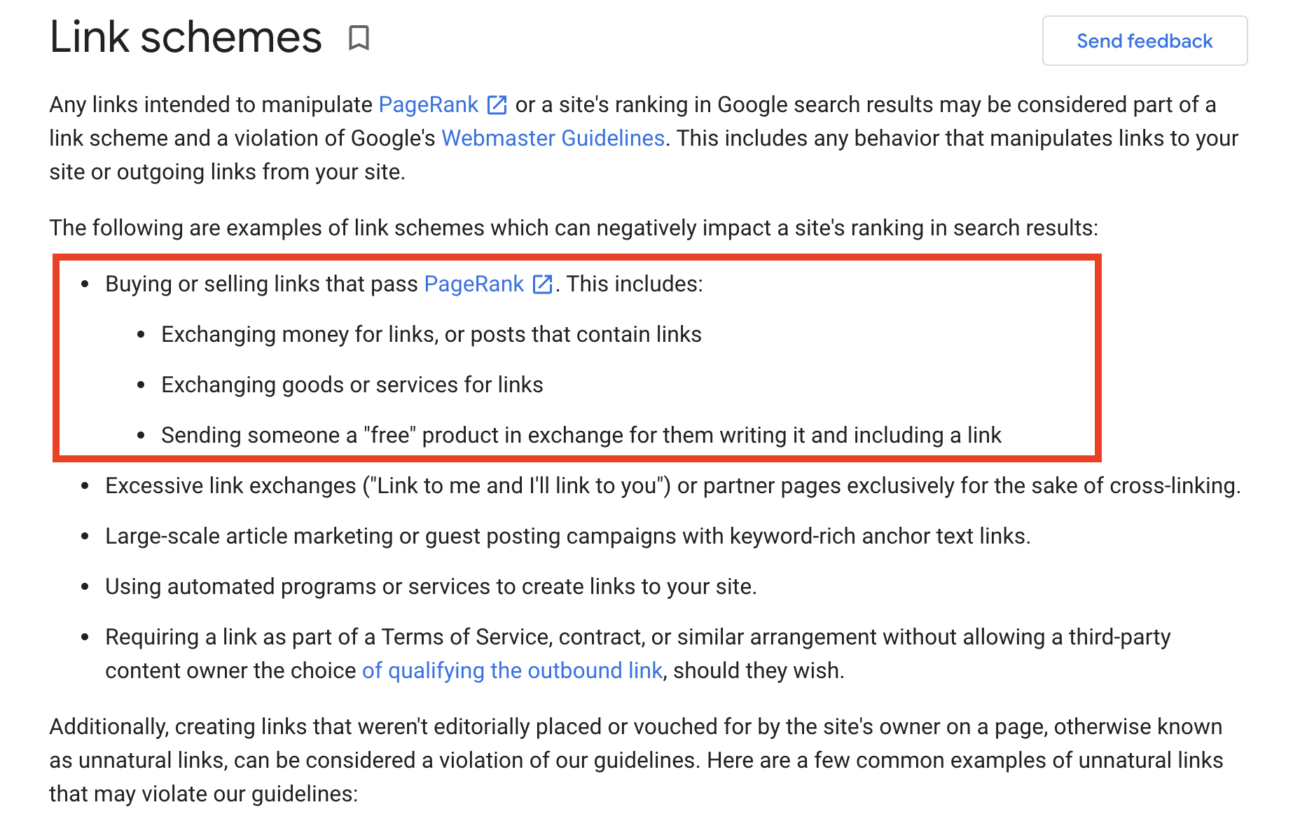
In this case, the best way to approach this method is by taking a page from the Skyscraper Technique by Brian Dean.
First, find content by other websites in your niche with the most sites linking to it. Ahrefs has a feature that lets you see what these web pages are at a click of a button.
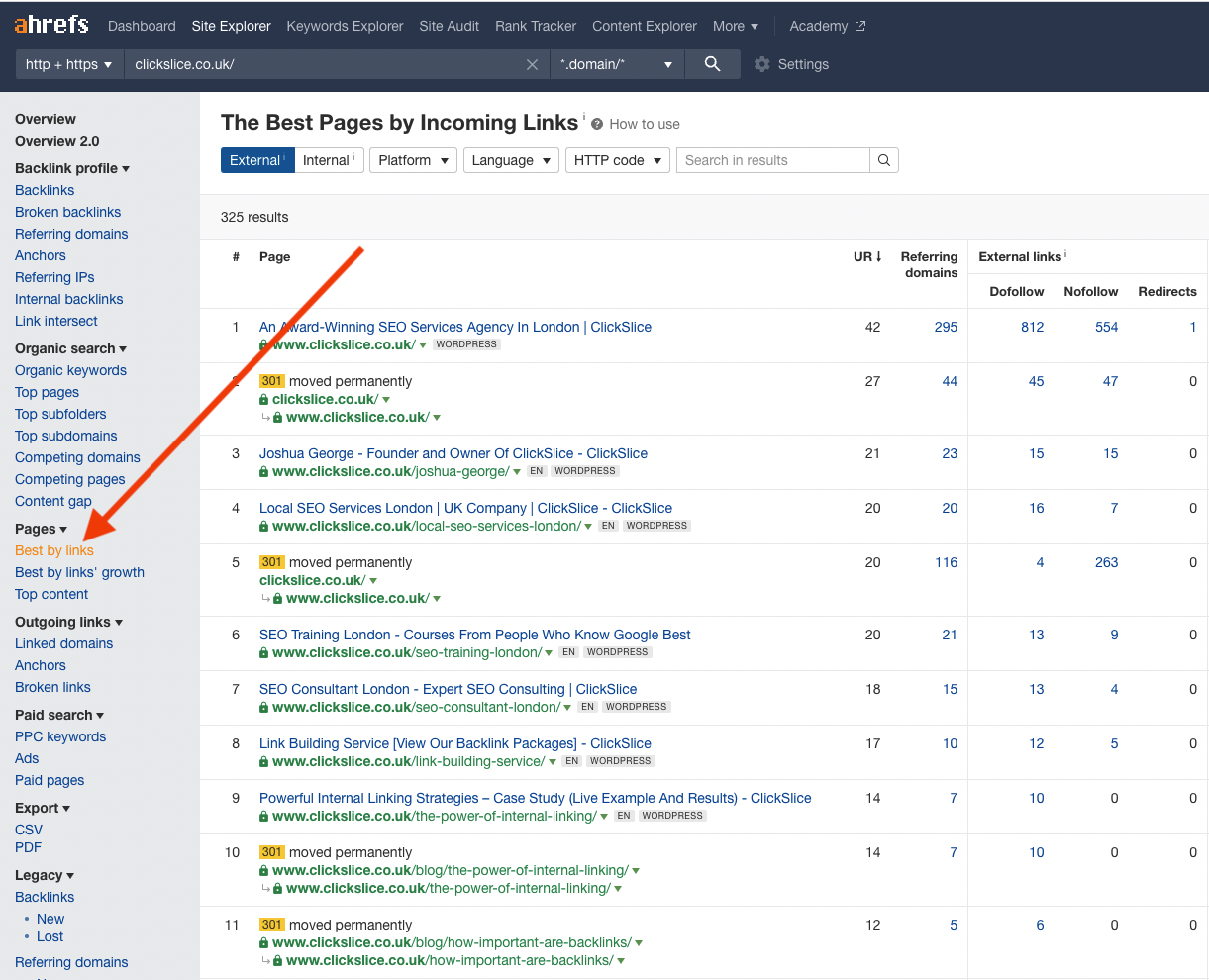
Next, replicate the same content on your site but create a much better version of it. Update the information and develop more visuals.
Then reach out to the sites linked to your competitor’s content and send them your newly minted content. When finding emails, Hunter is one of the more accurate email finder and verifier tools out there. It will extract different emails from the domain of people you can reach out to regarding the backlink.
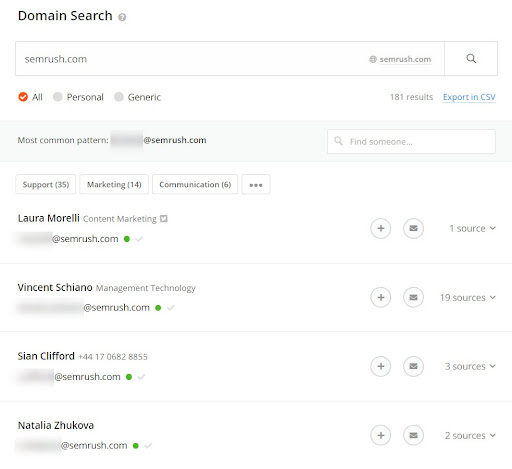
Keep in mind that these are just intelligent guesses, as there’s still a chance that the emails provided here are incorrect.
Finally, you need to craft an email asking them to link to your page, which is better in every sense of the word, instead of your competitor.
Make sure to send follow-ups days or weeks after your initial emails, as there’s a good chance they missed out on the first one. At the same time, you don’t want to keep sending them follow-ups; if they didn’t respond to your first few emails, they’re probably not interested in linking to it.
Because this link building tactic uses cold emailing, there is a low probability that bloggers and site owners will link to your page. Therefore, make sure to send to as many prospects as you can. The more site owners you send your drip campaign to, the more likely at least a few of them will link to your site.
Guest Posting
In this part, we’re not referring to sites that have a page accepting guest posts. You don’t want to write for these sites because Google may manually penalize them due to having buzzwords like “guest post,” “write for us,” and “advertise.”
Instead, you want to reach out to sites that accept guest posts but don’t have a page accepting them. And the only way for you to know is to send them an email about it. Ask them if they’re taking guest posts and prepare a list of topics that you can write for the website.
When coming up with topics, conduct keyword research first by finding relevant terms that the site isn’t ranking for. Using Ahrefs, you can see this by going to Organic search > Competing domains and clicking on keywords unique to competitors.
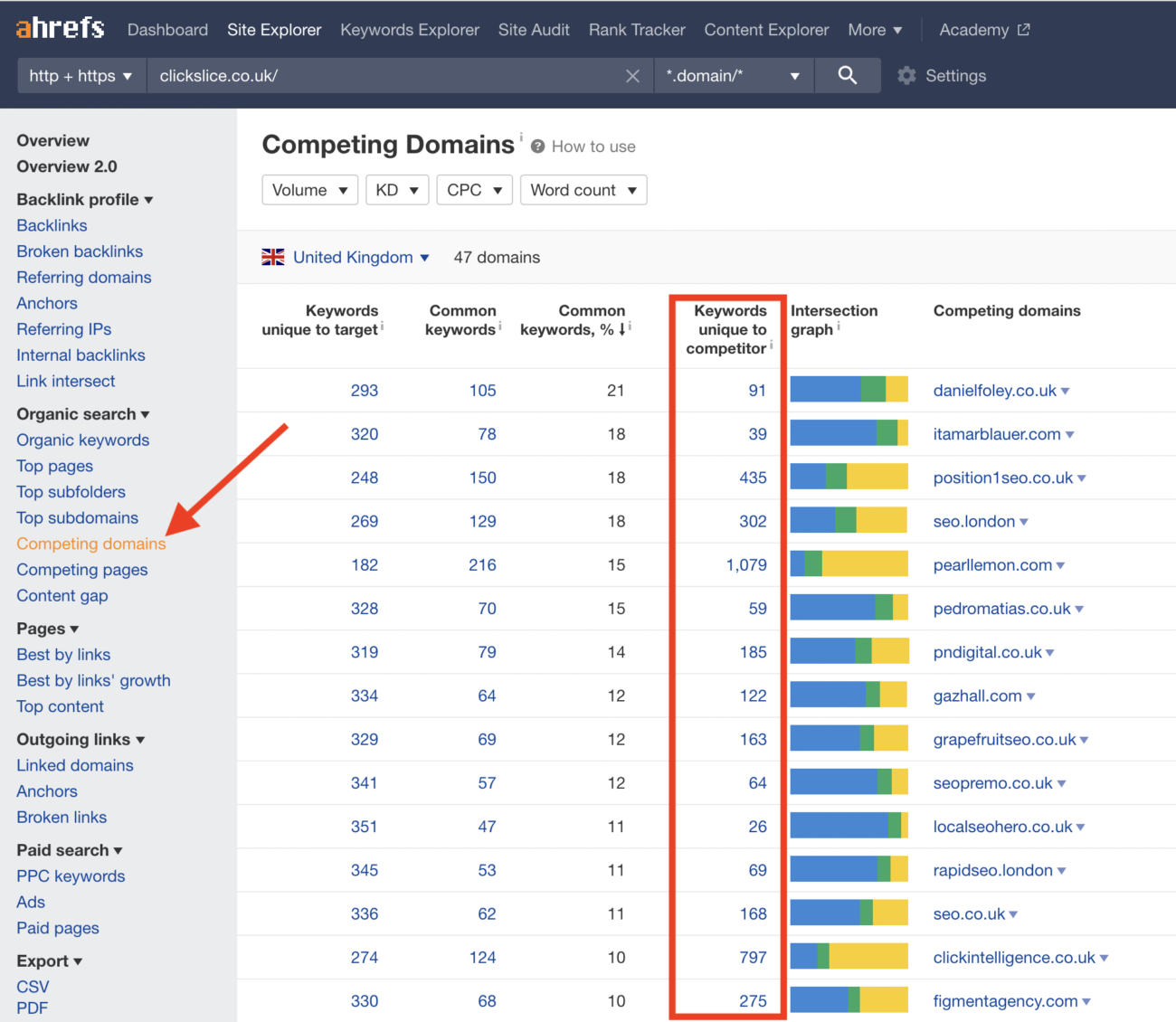
From the article you’ll write, you can include a link to your site within the content on the author bio, depending on the site’s editorial guidelines.
Unlike blogger outreach, guest posting outreach has a higher success rate because it offers something of value to site owners. Instead of just asking people to link to your site, you provide them with a well-written blog post for a keyword that they’re not ranking for yet.
Broken Link Building
This link building strategy aims to find broken links of resource pages relevant to your niche and recreate the page of the broken link on your page.
The easiest way to do this is by searching for “[niche] intitle:resources”—replace [niche] with your own— on Google. The search results should show you pages that contain links to different pages related to your industry.
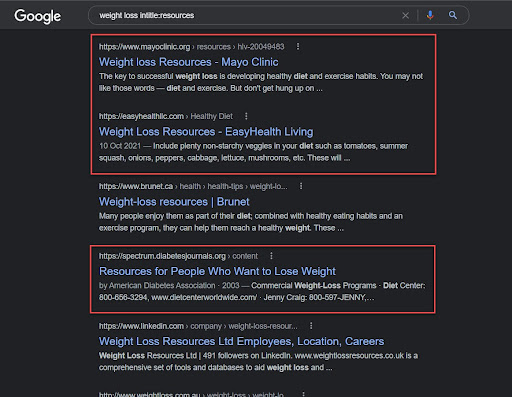
Next, find broken links using a Chrome extension like Broken Link Checker. After clicking on the icon, it will analyze the page for links that no longer work.
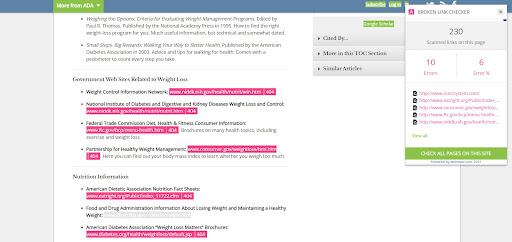
From here, identify these links and paste them into Wayback Machine. You should see different versions of the page when it was still up.
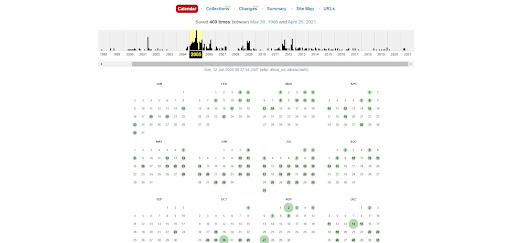
Take the latest cached version and recreate it on your site. Then, similar to the blogger outreach approach above, make it better by adding more information and visuals.
Using this newly published content on your site, you can dangle this to the site owner of the resource page since the original link no longer works. They won’t have any choice but to link to your page instead.
Conclusion
Link building for SEO purposes is arguably the most significant obstacle that websites must overcome to rank on top of search engine results.
The main thing you need to keep in mind is that not all links will be equal. Some will help move your site up search rankings than others. This will depend on how many authority sites link to you, where the link is located, what anchor text you used, and others.
Hopefully, before you worry yourself about these factors, you need to lay the foundation of your website’s great link building strategy. The link building techniques explained above should help you get started on this.


